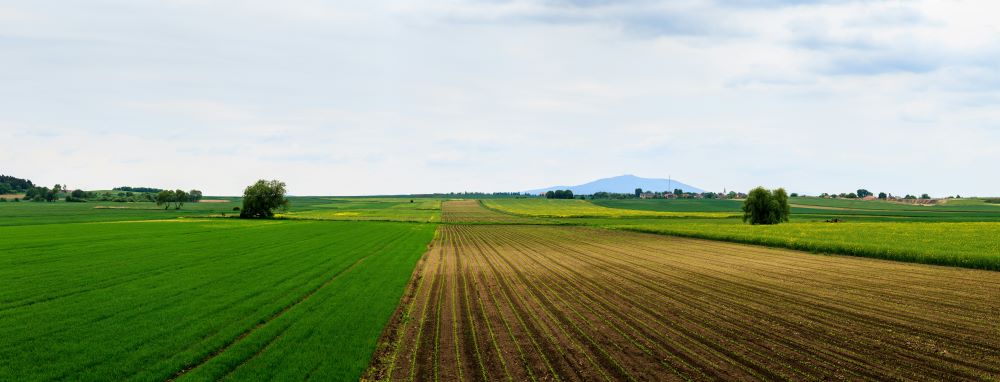
Understand Paclobutrazol’s Role and Composition
Paclobutrazol inhibits gibberellin biosynthesis in plants. This action curtails excessive vegetative growth and enhances root and fruit development. Its systemic nature allows it to travel within the plant, promoting resilience to stress and optimizing overall performance.
Why Safety Matters
The improper use of paclobutrazol can lead to several challenges:
- Health risks to farmers during handling and application.
- Environmental concerns such as soil and water contamination.
- Adverse effects on non-target organisms, including beneficial soil microbes and pollinators.
By adhering to safety protocols, farmers can minimize these risks and maximize the benefits of paclobutrazol for their crops and the ecosystem.
Safety Measures for Farmers
Proper Personal Protective Equipment (PPE)
Wearing appropriate PPE is essential when handling paclobutrazol. Farmers should ensure they have the following:
- Gloves: To protect skin from direct contact.
- Masks or Respirators: To prevent inhalation of fumes or fine particles during mixing and spraying.
- Protective Clothing: Long-sleeved shirts, pants, and boots to shield the skin from accidental spills.
PPE safeguards the farmer and minimizes exposure that could lead to health issues over time.
Understanding Dosage and Application
Over-application of paclobutrazol can harm crops and the environment. Farmers should:
- Follow the recommended dosage specified on the product label or by agricultural experts.
- Use calibrated equipment to ensure precise application.
For instance, in vegetable crops, excessive use of paclobutrazol can suppress growth more than intended, leading to stunted plants. Products like Pellot - Paclobutrazol 23% SC are formulated to offer ease of use, but the correct dosage remains crucial.
Safe Mixing and Handling
Mixing paclobutrazol requires caution to prevent accidental spills or contamination. Farmers should:
- Always mix in well-ventilated areas.
- Avoid using your hands to stir solutions. Instead, use dedicated tools.
- Clean all equipment thoroughly after use to prevent residue buildup.
Storage and Disposal
Proper storage of paclobutrazol ensures that it remains effective while reducing risks:
- Store in a cool, dry place away from direct sunlight and moisture.
- Keep it out of reach of children and animals.
- Dispose of empty containers responsibly, following local agricultural guidelines to avoid environmental contamination.
"Safety in farming isn’t just about protecting the crop; it’s about preserving the farmer’s health and the environment for future generations."
Environmental Considerations
Preventing Soil and Water Contamination
Although paclobutrazol breaks down over time, its persistence in soil can affect microbial activity if over-applied. Farmers should:
- Avoid applying paclobutrazol near water sources to prevent runoff contamination.
- Use it in combination with practices like crop rotation to minimize long-term soil impacts.
Protecting Non-Target Organisms
Beneficial insects and soil microbes play a critical role in sustainable farming. Farmers should:
- Apply paclobutrazol during periods of low insect activity, such as early morning or late evening.
- Avoid excessive application that could harm these organisms indirectly.
Training and Awareness
Many safety issues arise from a need for more understanding about how to handle agricultural chemicals. Farmer training programs can bridge this gap by providing knowledge about:
- The science behind paclobutrazol and its effects on plants and the environment.
- Step-by-step guides for safe mixing, application, and storage.
- First-aid measures in case of accidental exposure.
Statistics Highlighting the Importance of Safety
- Studies indicate that 60% of chemical-related injuries in farming occur due to inadequate PPE use.
- Proper training and equipment can reduce these risks by up to 80%, emphasizing the need for farmer education.
Practical Tips for Safer Farming Practices
- Use a buddy system when applying chemicals in the field, ensuring help is available in emergencies.
- Invest in quality sprayers with precision nozzles to reduce drift and improve application efficiency.
- Keep detailed records of paclobutrazol usage, including dates, quantities, and crops treated.
A Safer Future for Farming
Paclobutrazol, 23% SC, offers immense potential for improving agricultural productivity, especially in vegetable crops and small-scale farming systems. By adhering to safety guidelines, farmers can harness its benefits while protecting their health, the environment, and the sustainability of their operations.
When used thoughtfully and carefully, paclobutrazol becomes more than a Plant Growth Regulator—it transforms into a cornerstone of modern, responsible farming practices.











